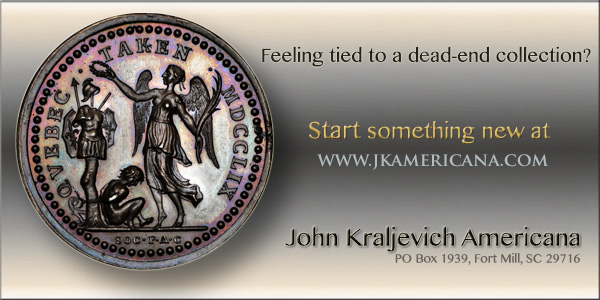
PREV ARTICLE
NEXT ARTICLE
FULL ISSUE
PREV FULL ISSUE
U.S. RECYCLES OVER 90% OF DISCARDED BANKNOTESA couple weeks ago we had a story about a Chinese city burning old currency for fuel. I asked, "Does anyone know if the U.S.
Treasury disposes of any U.S. notes this way?". Well, here's our answer, from a Wall Street Journal article forwarded by David Sundman.
Thanks! -Editor
Money may not grow on trees, but the Federal Reserve is helping grow trees out of money. The Fed destroys more than 5,000 tons of U.S. currency a year—billions of dollars in torn, dirty or worn-out bills that are withdrawn from circulation and shredded. Most of it once went to landfills, but the central bank has pushed for years to go green with all that green. It’s now succeeding in bringing the dollar out of the dump, recycling more than 90% of its discarded bills. Power plants burn them for fuel. Compost piles turn them into fertilizer. Some of them even end up in manufactured goods. United Fibers LLC is one of many destinations, receiving three shipments of shredded cash a month at its factory in Chandler, Ariz. Old money, it turns out, is good for making cellulose insulation for houses, said Larry Williams, marketing and sales director for the company, which mostly relies on re-cycled newspapers and other paper products for raw material. It’s also been good for marketing. “When you tell people you’re actually insulating their house with shredded money, it’s a great selling point for us,” Mr. Williams said. The Fed gets most of its attention for high-level discussions about the economy and its decisions to adjust interest rates. But the flip side of monetary policy is the central bank’s mundane tasks of ordering money from the Treasury Department’s Bureau of Engraving and Printing, distributing freshly printed bills to banks around the country, and replacing them when they’re limp and worn out. Dollar bills are made from a mixture of cotton and linen for durability, but they wear out eventually. The $5 bill, for example, has an estimated lifespan of just under five years, according to the Fed. Government officials used to destroy unfit currency by setting it on fire; the Federal Reserve Bank of Richmond’s 1953 annual report boasted it had “money to burn.” Today, shredders ensure the money taken out of circulation stays out of circulation. A little shredded cash goes into souvenir bags for visitors to regional Fed banks or the bureau’s printing plants in Washington and Fort Worth, Texas. But despite efforts over the years to find new uses for old money, most of it ended up being sent to landfills. Before 2010, only about 30% of shredded cash was being recycled, said Jim Narron, product man-ager at the National Cash Prod-uct Office at the Federal Re-serve Bank of San Francisco. But times were changing. In 2011, the Fed began a push to increase recycling, asking officials across its 12 regional banks to seek local vendors that could reuse the material without any additional costs to the system. The system was “looking for ways to be more green, more environmentally friendly, which is something we’re definitely interested in,” said Jake Lofton, an official in the Federal Reserve Bank of Philadelphia’s cash office. The Philadelphia Fed in 2011 began sending its shredded cash to a local power plant. “Rather than just sitting in a landfill, it’s producing electricity for residents in the Delaware Valley, here in our district,” Mr. Lofton said. For others, though, even destroyed money has a certain appeal. The Treasury signs off on a few dozen requests a year from people looking to use it for commercial or artistic purposes. The agency in recent years has approved among other proposals, using cash to fill luxury dog beds, to manufacture knife handles and to “fashion into a brick for novelty purposes,” according to letters sent by the agency. To read the complete article (subscription required), see:
To read the earlier E-Sylum article, see:
 Wayne Homren, Editor The Numismatic Bibliomania Society is a non-profit organization promoting numismatic literature. See our web site at coinbooks.org. To submit items for publication in The E-Sylum, write to the Editor at this address: whomren@gmail.com To subscribe go to: https://my.binhost.com/lists/listinfo/esylum All Rights Reserved. NBS Home Page Contact the NBS webmaster 
|